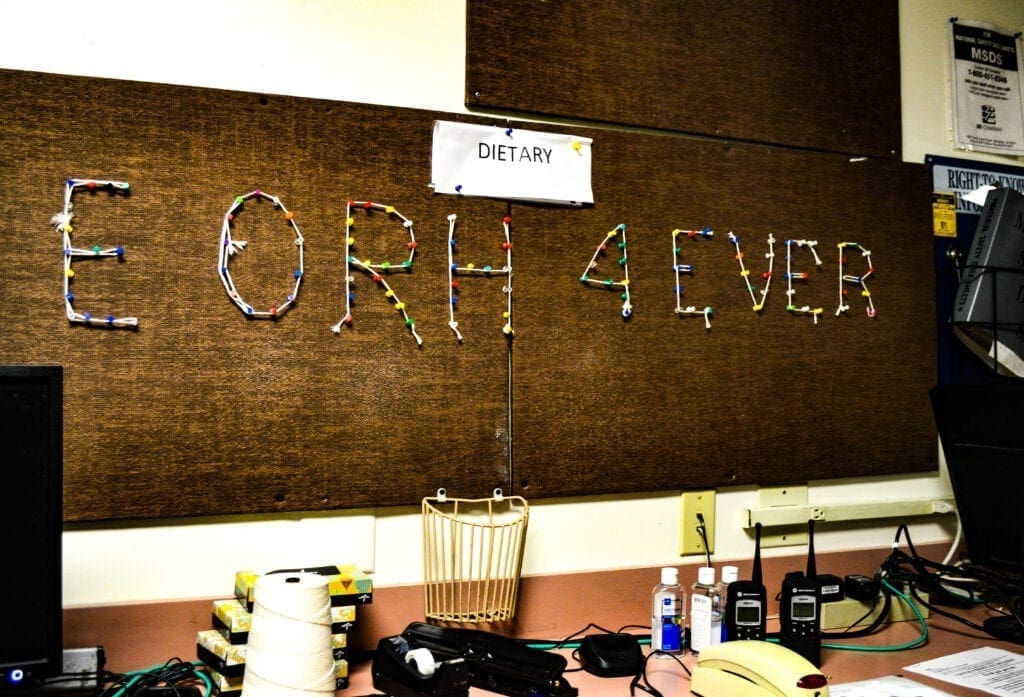It was announced, and WARN Notices were distributed, but it was still sudden and shocking when a community hospital in the middle of Martins Ferry was shuttered.
More than 300 employees became unemployed after assisting with the transfer of patients in general care, intensive care, and continuous care. And then that was it on Sept. 27, 2019.
“When the hospital closed, it was devastating to a lot of people,” said Martins Ferry Mayor John Davies. “I don’t think anyone wanted to believe it would actually happen, and then it did, and the impact for this city has been felt by everyone.”
The reopening for East Ohio Regional Hospital is on schedule for the end of November as of right now, according to Chief Operating Officer Bernie Albertini, and it is something Mayor Davies admits he expected once elected earlier this year.
“I always knew this hospital would open again, and from a city government point of view, it was all about believing and not giving up,” Davies said. “We chose not to give up, and we are very fortunate that Dr. John Johnson decided to move forward with this venture. He’s investing his money in Martins Ferry.
“It’s hard for us to express our appreciation because of how much this means to our city. We are a community of older people, so the closer such a facility can be will save lives,” he said. “If someone is having a heart attack or stroke, our EMS crews will be able to get them help in 10 minutes instead of triple that time.”

A Shot in the Arm
The bed count will be more than 400 with all departments considered, and that means visitors from a plethora of communities once again will flow into the oldest settlement of the state of Ohio. Restaurants, gas stations, and convenient stores, the mayor believes, likely will see an increase in patrons, and the Martins Ferry EMS service will serve once again as primary transportation when necessary.
That belief guided Davies and the members of Martins Ferry City Council to vote in favor of a 75 percent abatement of all income taxes collected from direct hospital employees.
“Our philosophy is that if there are patients and people are visiting, there’s a pretty good possibility that they might stop at one of our businesses because they are hungry or maybe they need gas. This hospital will definitely have a positive impact on those businesses,” Davies said. “The hospital opening back up is going to have a big impact on this community; that is for sure.
“We had multiple discussions about giving East Ohio three-quarters of the income tax from direct hospital employees back to Dr. Johnson, and I think the deciding factor was that we could get 25 percent of something instead of 25 percent of nothing,” he explained. “Once they hit the 200-employee level, the 25 percent kicks in, but at the same time we will receive the 1 percent income tax from the doctor’s offices and other businesses that open because the hospital is open again.”

A Struggling Valley
The Ohio Valley Medical Center campus was closed about a month earlier than expected, and Alecto’s decision impacted not only the hospital but also erased psychiatric care at Hillcrest and the RCB Juvenile Center.
Suddenly, residents in East Ohio and the Northern Panhandle were without such services during an opioid epidemic, and local law enforcement saw a surge of overdoses and homelessness. Ohio County Sheriff Tom Howard estimated at the time that his agency’s budget would be impacted because mental health transportation costs would increase, and that influx equaled more than $150,000 in just one year.
“When we saw OVMC close down, we saw psychiatric care go away, and that was not a good thing for this valley,” Davies said. “So, it’s important that Dr. Johnson’s plan for East Ohio includes mental health care and addictive care along with everything else. We believe it’s going to benefit the whole community, and it is going to help a lot of people who need that help.
“We have been in direct contact with Dr. Johnson and (COO) Bernie Albertini since the beginning, and we’re all on the same page as far as making sure their needs are met and the needs of our residents are met, too,” the mayor added. “The reopening of this hospital is going to be big for this city, and we can’t wait until it happens.”
Albertini confirmed to LEDE News last week that new equipment and medical supplies are delivered to EORH on a daily basis. Some staff members have been hired to this point, and many more will be added in the coming weeks, the chief operating officer said, and between 200-300 employees will be on hand for the first day of operation.
“This is a big deal for the whole valley because we’ll have a new medical facility that can take care of this medical crisis that we have going on here,” Davies said. “For the people of Martins Ferry, this is huge for our residents because they will once again have a hospital and an emergency room that will be right here. For many of our residents, they are just moments away.
“Since East Ohio closed, people from this area have been forced to navigate the path from East Ohio to Wheeling Hospital, and that’s not been easy with all of the construction that’s been taking place. In some cases, I know it’s taken more than a half hour to get some folks to Wheeling Hospital,” he explained. “Time is crucial to someone’s life, and that is why East Ohio opening up again is such a great thing for our residents.”


